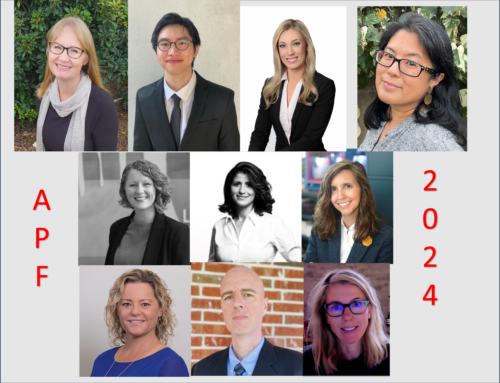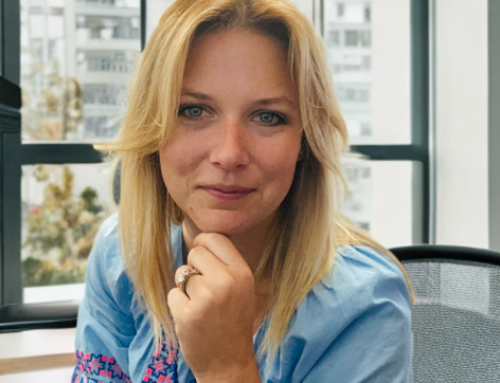There’s no doubt the forest is different than the sum of its parts — its more than a collection of specimens who happen to cohabitate. It just so happens we’ve designated some of those specimens as a resource commodity. The moment we as society ascribe value to the health, origin, uniqueness, age and care of trees within that forest though there becomes a potential desire to ensure and categorize that value. The value of timber is determined as a result of variety of grading criteria — is it destined for pulp, for dimensional lumber, or for the highest grade veneers and stock for example? In the future, the industry will be able to grade and certify each tree before it ever leaves the forest.
How might consumption shift if we knew and could track each tree? As the cost of sensors, connectivity, and data processing fall, the notion of tagging each tree enters the realm of possibility (especially given the value per board foot of prized or highly regulated species). Silviculturists could monitor and manage the individual attributes during the life of a tree’s growth. Importers and processors could validate certifications of origin, just as Walmart and IBM are tracking Chinese pork products using blockchain. The European initiative FlexWood was designed to ensure timber’s value was better managed by optimizing supply chain regionally. This system though partnered whole forests with particular mills. In the future, mills could be sent tightly specified raw materials they are ideally suited to break down — tree by tree. The building trades could laminate highly engineered lumber products using a composite of specific logs that were grown in unique ways. Mass consumers could trace the wood in their furniture not only to a reputably certificate of stewardship, but to the individual company that grew fair trade trees. Shippers might be able to certify the pallets they are transporting internationally were made from genetically engineered trees designed to resist pests at the cellular level, and prevent transporting invasive species. Managers could adjust and monitor the controlled introduction of stresses to individual trees to farm burls and other prized figures. Carbon credits could be traded accurately knowing exactly how much carbon each tree had absorbed. — Bo Roe
The building trades could laminate highly engineered lumber products using a composite of specific logs that were grown in unique ways. Mass consumers could trace the wood in their furniture not only to a reputably certificate of stewardship, but to the individual company that grew fair trade trees. Shippers might be able to certify the pallets they are transporting internationally were made from genetically engineered trees designed to resist pests at the cellular level, and prevent transporting invasive species. Managers could adjust and monitor the controlled introduction of stresses to individual trees to farm burls and other prized figures. Carbon credits could be traded accurately knowing exactly how much carbon each tree had absorbed. — Bo Roe





